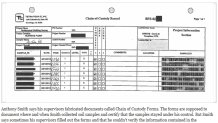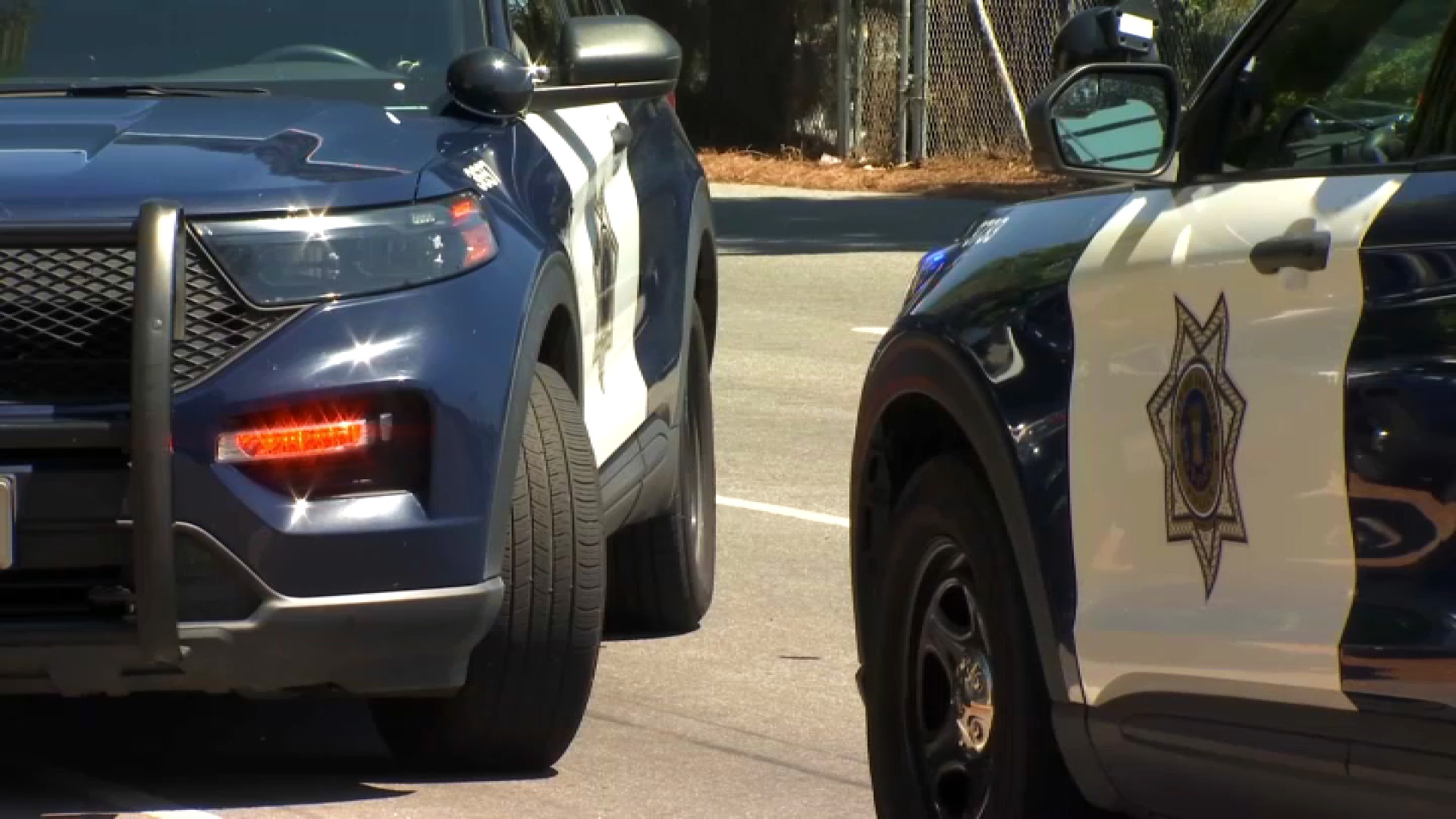When Anthony Smith walked away from Hunters Point four years ago, he carried a secret with him—a secret involving radiation, deception and a government contractor.
For the first time last November, the former radiation control technician revealed to the Investigative Unit the tactics he said his supervisors used to conceal radiation on Hunters Point. The 800-acre former Superfund site is slated for parks, shops and homes.
Smith said what he witnessed—and what he did—calls into question claims that Hunters Point has been properly cleaned up and does not pose a public health hazard. For decades on Hunters Point, the Navy operated a radiological defense laboratory and decontaminated ships exposed to nuclear weapons tests.
[GALLERY]Photos: Cleaning Up Hunters Point Naval Shipyard
Pasadena-based company Tetra Tech won $300 million in Navy contracts to oversee the cleanup of radiation. Smith said the company repeatedly cut corners to save money. In an interview with NBC Bay Area, Smith claimed Tetra Tech supervisors:
- Ordered him to replace potentially contaminated soil samples with clean soil samples.
- Instructed him to dump potentially contaminated soil into open trenches across Hunters Point.
- Forced him to sign falsified documents that were later submitted to the government.
- Tampered with computer data that analyzed radiation levels.
He said he decided to speak out “to clear my name, make everything right and let people know what really happened.”
Local
Tetra Tech has ignored multiple interview requests to discuss claims made by Smith and concerns raised by the state health department and whistleblowers in a series of NBC Bay Area investigations dating back to 2014.
An onsite supervisor told the Investigative Unit that inquires about Tetra Tech must go through the Navy, but the Navy has also declined interview requests. A Navy spokesman said the agency hired another contractor to provide extra quality control at Hunters Point.
Switching Soil Samples and Dumping Soil into Trenches
Smith left his Georgia home in 2002 and worked on and off at Hunters Point as a radiation control technician until 2012. As part of his job, he collected soil samples. That soil was then surveyed to determine contamination levels.
Smith said beginning in 2009, his supervisors began instructing him to get rid of contaminated soil samples and replace them with clean soil samples. He said the switching of the soil samples often took place out of public view, inside large Conex bins located around the job site. He estimates hundreds of samples had been switched.
“I didn’t like it because it wasn’t right,” Smith said. “That’s not the way it was supposed to be done.”
Smith believes multiple locations across Hunters Point may still be contaminated with radiation.
He said he collected soil samples underneath a structure referred to as building 351A, which once housed part of the Navy’s radiological lab. He recalls a sample tested positive for radium, an element linked to bone cancer.
“When I took a sample it came back hot,” he said, “and they made me get rid of it.”
Smith said the building should have been remediated after he found a hot soil sample, but he questions whether crews subsequently cleaned up the contamination. He said remediating the area would have taken more time and money.
The California Department of Public Health also questioned the cleanup of building 351A. In December the department ordered the structure to be retested. The state reported that “no contamination was found.” Health officials confirmed Tetra Tech conducted the retesting.
Smith said his supervisors directed him to dump the discarded, potentially contaminated soil into trenches that have since been covered or paved. Smith said there is no way to know what the contamination levels are in the trenches without retesting the soil. He said as far as he can tell, Tetra Tech did not test the trenches after they were backfilled.
Falsified Documents and Data
Smith also said Tetra Tech fabricated documents called Chain of Custody forms, which are supposed to document where and when Smith took soil samples and certify that the samples stayed under his control. He said sometimes his bosses would fill out the forms instead.
“I never got to see them until the end of the day when all I done was sign my name and put the date,” Smith said.

He said he also watched Tetra Tech supervisors change computer data that detailed radiation readings, a practice he considers to be fraud. Smith said if his bosses thought a radiation level was too high, they would knock it down to a lower level.
Smith said he repeatedly raised concerns to Tetra Tech but that the response was always the same—he could go home if he didn’t like the company’s tactics. Smith said he needed the job so he stuck it out.
“I really didn’t have nowhere else to go work if I didn’t stay here,” Smith said. “I tell you one thing, when I came out here I was healthy and when I left I had high blood pressure. Very high. That’s how much it ate at me.”
Internal Tetra Tech Report
Smith’s contract expired in 2012. He put Hunters Point behind him until the Investigative Unit contacted him about an internal Tetra Tech report produced in April 2014. In it, the company admitted to the “mishandling of soil samples” and submitting “falsified data” to the Navy.
Tetra Tech came up with multiple theories, but could not definitively conclude how or why soil samples were switched and data was falsified. In the report, the company blamed the “sample collectors on the chain of custody forms” including Smith. He believes the company made him its scapegoat.
“They were blaming me for something [they] were telling me to do every day,” Smith said.
According to Tetra Tech’s report, the company disciplined two supervisors, conducted ethical training and resurveyed and remediated the areas identified in the report. In February, the Nuclear Regulatory Commission found Tetra Tech may have violated an NRC requirement and is now considering enforcement action.
Smith believes the company failed to identify and retest other questionable locations on the site. He worries the health of people who will work, play and live at Hunters Point may be at stake. He said the cleanup can’t be trusted.
“It’s not good and it’s not right,” Smith said.
If you have a tip for Vicky Nguyen about this or any other story, you can email her directly at vicky@nbcbayarea.com or you can email theunit@nbcbayarea.com or call 888-996-TIPS.
Follow Vicky Nguyen on Twitter www.twitter.com/VickyNguyenTV and Facebookwww.facebook.com/VickyNguyenTV



